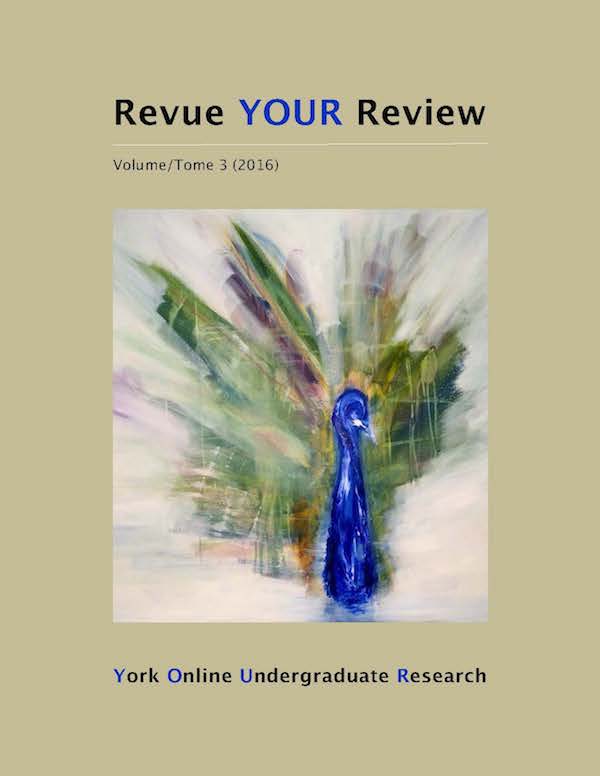Is Garlic Mustard (Alliaria Petiolata) Causing a Decline in Native Species’s Richness?: A Literature Review and Case Study on Long-Term Data Sets from Two Parks in Southwestern Ontario
Abstract
In the past two decades, research to identify the direct and indirect impacts of garlic mustard on the diversity and richness of native species present in North American forests has increased significantly. My literature review aims to assess the evidence for whether the presence of garlic mustard in a disturbed or an undisturbed area is likely to be the sole or major cause of declines in native plant species richness and diversity. I review the literature on the relative number of short-term and long-term research studies on garlic mustard ecosystem impacts, and note that only 11 studies out of a sample of 100 focus on the long-term impacts of garlic mustard. Findings from the literature review are applied to a case study, a long-term data set (1995-2009) examining the correlation between garlic mustard density and plant species richness in two parks in Southwestern Ontario: Point Pelee National Park and Rondeau Provincial Park. The goal of the case study is to compile previous field data and to assess whether garlic mustard density is negatively correlated with native plant species richness.Downloads
How to Cite
Issue
Section
License
Authors contributing to Revue YOUR Review agree to release their articles under one of three Creative Commons licenses: Creative Commons Attribution 4.0 International; Creative Commons Attribution-NonCommercial 4.0 International; or Creative Commons Attribution-NoDerivatives 4.0 International. All editorial content, posters, and abstracts on this site are licensed under Creative Commons Attribution-NoDerivatives 4.0 International. For further information about each license, see:
https://creativecommons.org/licenses/
In all cases, authors retain copyright of their work and grant the e-journal right of first publication. Authors are able to enter into other contractual arrangements for the non-exclusive distribution of the e-journal's published version of the article (e.g., post it to an institutional repository or publish it in a book or in another journal), with an acknowledgement of its initial publication in this e-journal.


